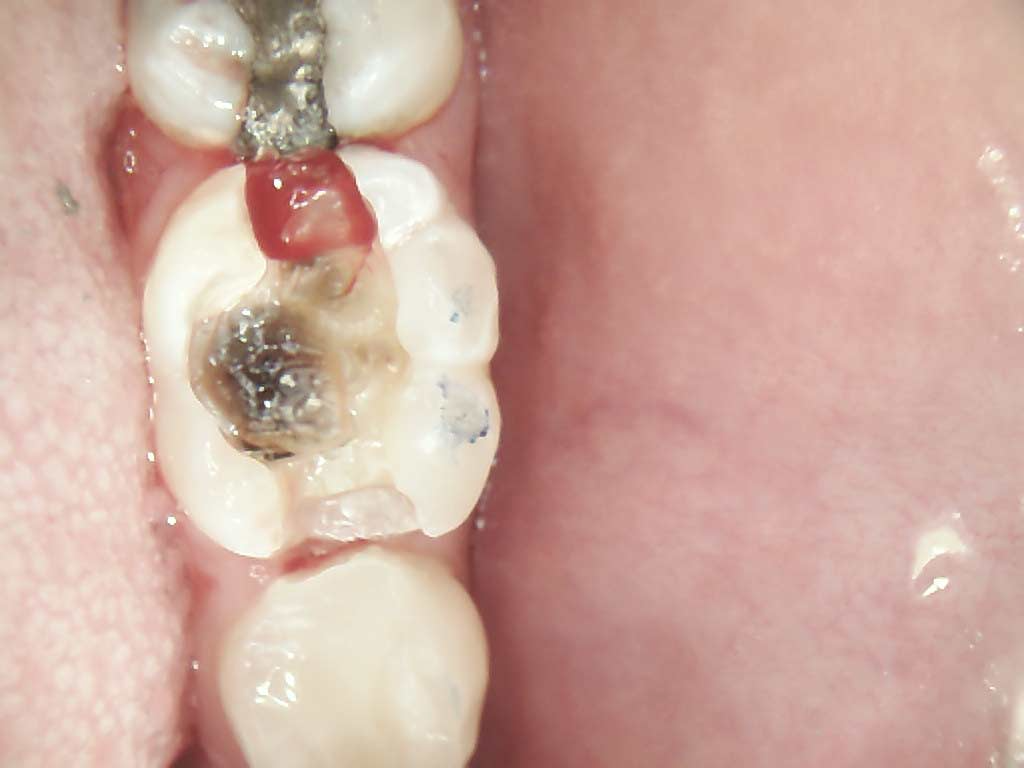+919790726189

This is your website preview.
Currently it only shows your basic business info. Start adding relevant business details such as description, images and products or services to gain your customers attention by using Boost 360 android app / iOS App / web portal.
MANAGEMENT OF TEETH FRACTURE AT WEST MAMBALAM A...

MANAGEMENT OF TEETH FRACTURE AT WEST MAMBALAM ASHOK NAGAR CHENNAI Understanding Vertical Tooth Fractures and Their Management Vertical tooth fractures are among the most complex and challenging dental conditions to diagnose and manage. Unlike other types of dental fractures that may be visible or symptomatic, vertical fractures often remain hidden until they cause significant discomfort or lead to more serious complications. This blog explores the causes, symptoms, diagnosis, and management of vertical tooth fractures. What is a Vertical Tooth Fracture? A vertical tooth fracture is a crack that extends from the chewing surface of the tooth downward toward the root. These fractures can occur in any tooth but are more common in the posterior (back) teeth, especially molars, due to the greater forces they endure during chewing. In severe cases, the fracture may extend through the root and involve the surrounding bone. Causes of Vertical Tooth Fracture Several factors can contribute to the development of vertical tooth fractures: Excessive biting forces: Clenching or grinding teeth (bruxism) can put stress on the teeth. Large restorations: Teeth with extensive fillings or crowns are more prone to cracking. Trauma: A sudden impact or accident can cause a vertical split. Age-related changes: Teeth become more brittle with age, especially when they have been heavily restored. Root canal treatment: Teeth that have undergone endodontic treatment are often more fragile and susceptible to fractures. Symptoms and Diagnosis Vertical tooth fractures can present a variety of symptoms, often making diagnosis difficult: Sharp pain on biting or release of pressure Intermittent discomfort that is hard to localize Sensitivity to hot or cold Swelling of the gums or formation of a sinus tract Deep, narrow periodontal pocket near the fractured root Diagnosis often involves a combination of clinical examination, radiographs, periodontal probing, and advanced imaging like cone-beam CT (CBCT). Sometimes, exploratory surgery is required to confirm the extent of the fracture. Management of Vertical Tooth Fractures The treatment depends on the location and severity of the fracture. Superficial or Incipient Fractures: If the fracture is limited to the crown and does not involve the pulp or root, the tooth may be restored with a crown or onlay to stabilize the structure. Fractures Involving the Pulp: Root canal treatment may be necessary, followed by placement of a crown to prevent further propagation. Fractures Extending Below the Gum Line: In cases where the fracture reaches the root or periodontal attachment, prognosis worsens. Extraction is often the only viable option, especially if the fracture divides the tooth vertically through the root. Surgical Intervention: Hemisection (removal of one root and associated crown portion) or root amputation may be considered for multi-rooted teeth if the fracture is localized. Vertical tooth fractures are serious and often require prompt attention. Early diagnosis and appropriate treatment can save the tooth in some cases, but advanced fractures may necessitate extraction. Maintaining good oral hygiene, avoiding bruxism, and regular dental check-ups are key to prevention. Dental Clinics in West Mambalam Dentists in West Mambalam Dentists in Ashok Nagar Best dentist near me Best Dental Clinics in West Mambalam Oral surgeon in West Mambalam Dental Implants in West Mambalam Oral surgeon in Ashok Nagar Painless tooth removal at West Mambalam Rootcanal treatment at West Mambalam Top rated dentist in West Mambalam

